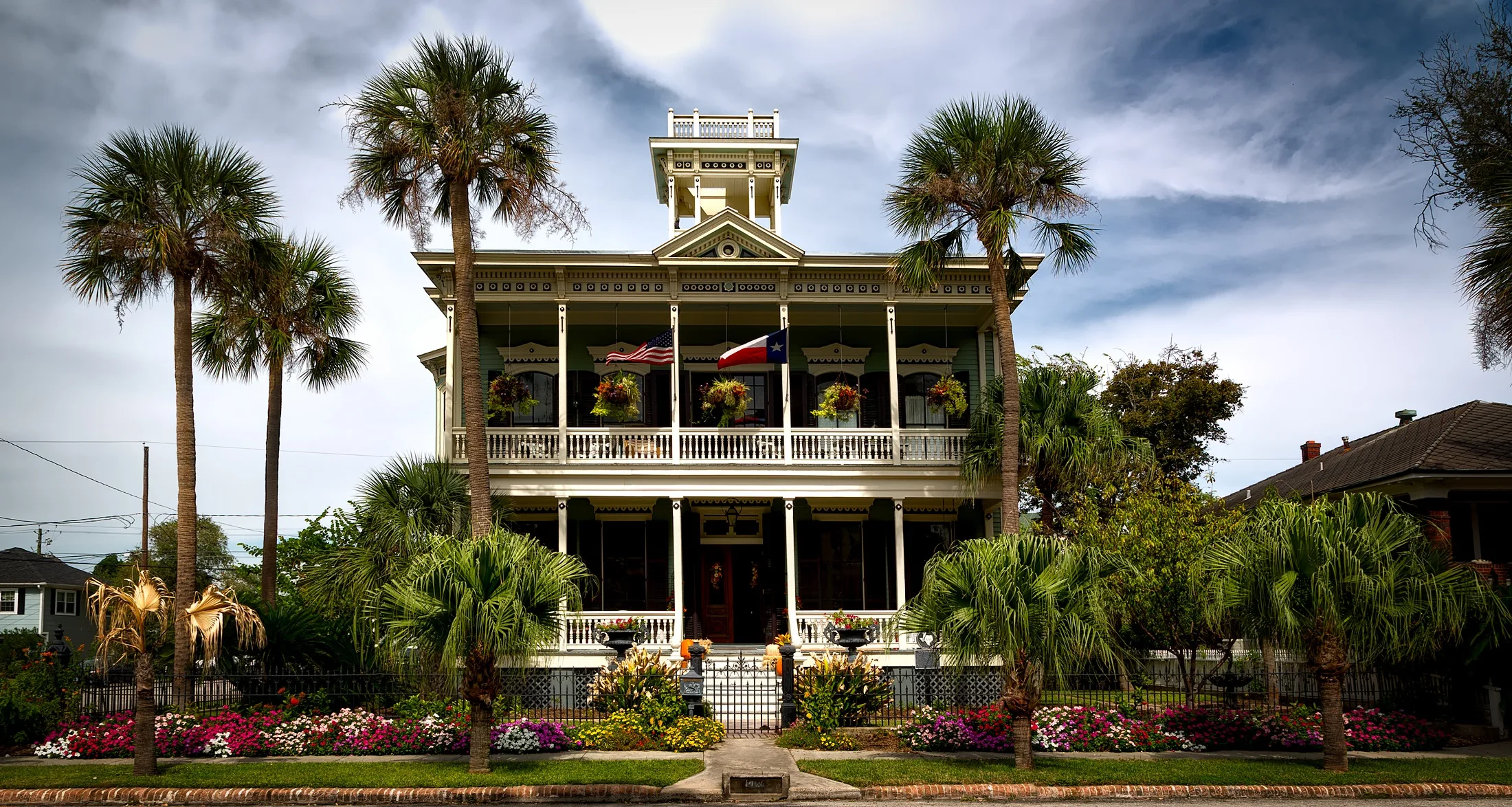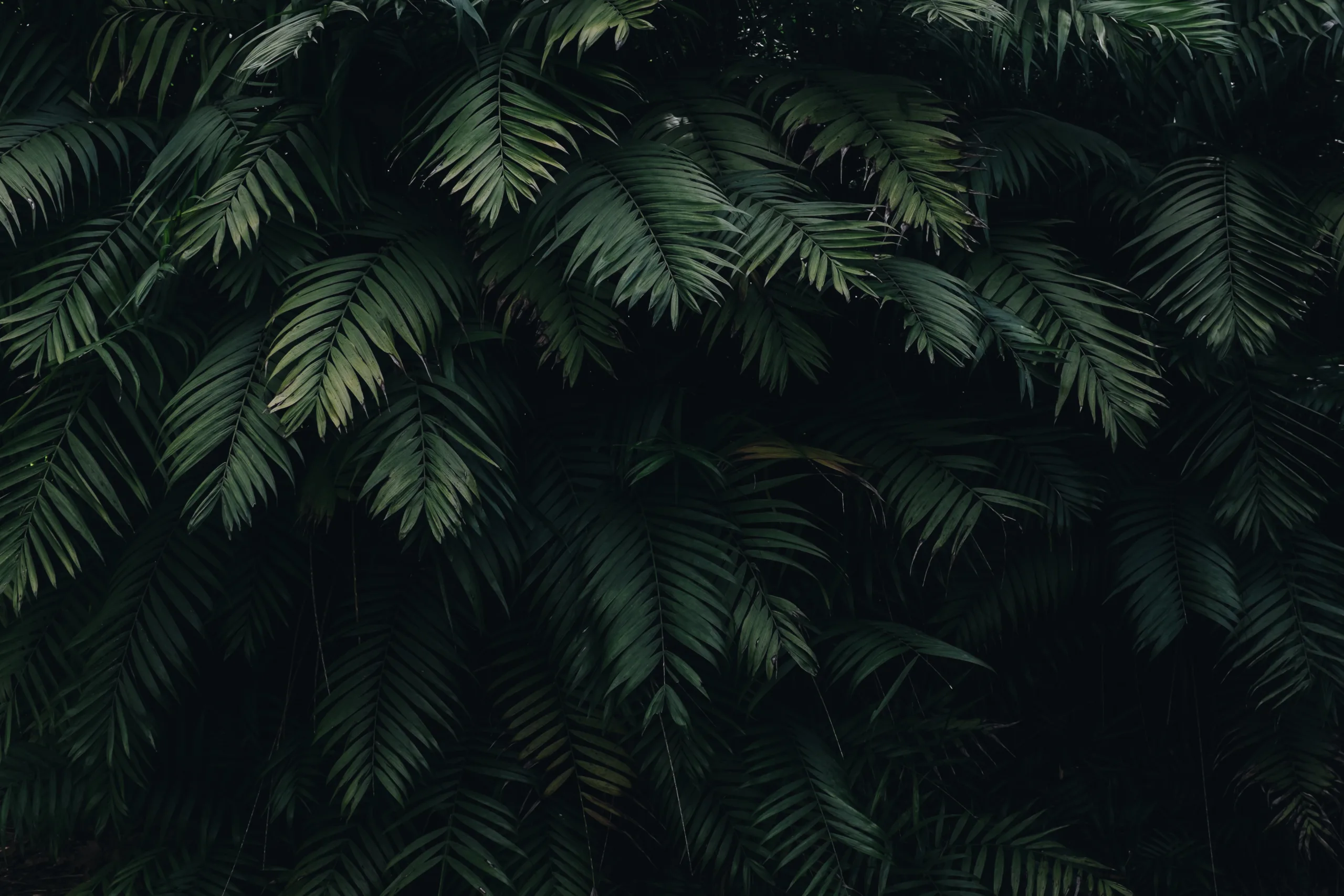Trees are an essential part of any garden or outdoor space. Not only do they provide shade, but they also help to improve air quality and reduce noise pollution. But when it comes to choosing the best tree to plant in Texas, the options can be overwhelming. With its unique climate and soil conditions, it’s important to consider a variety of factors before deciding on the right tree for your landscape. In this article, we’ll discuss the best trees to plant in Texas and what factors you should consider before making a purchase. We’ll also look at some of the most popular trees in the state, as well as their advantages and disadvantages. By the end of this article, you should have a clear understanding of which type of tree is best suited for your needs.
In Texas, some of the most common trees to plant include bald cypress, loblolly pine, sweetgum, live oak, pecan, and American elm.
The Benefits of Planting Trees in Texas
Planting trees in Texas offers a variety of benefits. Trees help to reduce air pollution, conserve energy, and provide habitat for wildlife. They also help to protect against soil erosion and can act as a natural windbreak. Trees provide shade and can help to reduce temperatures during hot summer days. Additionally, they can help to increase property values and make outdoor spaces more inviting and enjoyable.
Trees also aid in water conservation by helping to slow evaporation and runoff from heavy rains. They act as natural filters for pollutants and can help improve water quality in lakes, rivers, and streams. Planting trees can also help to reduce noise levels from highways or other sources of loud noise. In addition, they offer habitat for many species of birds and other animals that may not otherwise find suitable places to live.
Finally, trees are aesthetically pleasing and can add beauty to any landscape or outdoor space. Trees are an important part of the environment, providing oxygen, absorbing carbon dioxide, and helping to maintain the balance of nature in Texas. Planting trees is a great way to contribute to the well-being of the environment while reaping the many benefits that come with it!
Best Trees for Shade in Texas
When looking to add some shade to your Texas landscape, there are plenty of trees that can provide the protection and beauty you’re looking for. From evergreens to flowering trees, Texas has a wide variety of species that can thrive in its hot climate. Here are some of the best trees for shade in Texas:
Cypress – Cypress trees are popular in Texas because they can handle long periods of drought and extreme temperatures. They grow quickly and provide dense, dark green foliage that will give you plenty of shade.
Live Oak – Live oak trees are a common sight throughout Texas. These slow-growing evergreens have deep, thick roots and can tolerate long periods without water or excessive heat. Their large leaves provide plenty of shade, and their beautiful foliage will add a touch of elegance to any landscape.
Chinese Pistache – This flowering tree is an excellent choice for providing shade in your Texas yard. It produces clusters of red berries each fall and its broad canopy offers plenty of protection from the sun’s rays. It’s also relatively low maintenance and can withstand temperatures up to 110 degrees Fahrenheit.
Burr Oak – Burr oaks are great choices for larger yards as they can grow up to 75 feet tall with a spread up to 75 feet wide. They have thick branches that offer plenty of shade, and their glossy leaves turn yellow-brown during the autumn months.
Texas Ash – This fast-growing deciduous tree is perfect for providing quick relief from the sun’s rays in your yard or garden. Its broad canopy provides ample shade, and its white flowers bloom each spring making it an attractive addition to any landscape.
No matter what type of shade tree you choose for your Texas landscape, make sure it is native to the area so it can thrive in its climate and soil conditions. With so many options available, you’re sure to find one that meets all your needs!
Best Trees for Privacy in Texas
When it comes to finding the best trees for privacy in Texas, you have plenty of options. From evergreen species like Leyland Cypress and Eastern Red Cedar to flowering varieties like Mexican Plum and Southern Wax Myrtle, there are a variety of trees that can provide privacy in the Lone Star State.
Leyland Cypress is an evergreen tree that can grow up to 70 feet tall and 10-20 feet wide, making it one of the best options for privacy screening. It is also fast-growing, drought-tolerant, and can thrive in a variety of soil types.
Eastern Red Cedar is another popular choice for Texas homeowners looking for privacy screening. It is a fast-growing evergreen with an attractive pyramidal shape. It grows up to 40 feet tall and 15 feet wide and has drought tolerance once established.
Mexican Plum is a deciduous tree that blooms with fragrant white flowers in the springtime. This low-maintenance tree grows up to 25 feet tall and 20 feet wide and provides excellent privacy screening year-round due to its dense foliage.
Southern Wax Myrtle is another great option for Texas homeowners looking for privacy screening. This evergreen shrub grows up to 20 feet tall and can be easily pruned into a single or multi-trunked tree if desired. Its dense foliage provides year-round privacy screening, plus it’s drought tolerant once established.
No matter which type of tree you choose, be sure to research its growth rate, mature size, soil preferences, drought tolerance, and any other specific needs before planting it in your yard or landscape design. With careful planning and proper selection, you’ll have the perfect trees for providing maximum privacy in Texas!
Best Trees to Attract Wildlife in Texas
Texas is a large and diverse state, with many different types of wildlife. From birds to mammals and reptiles, there are a variety of animals that can be found in the Lone Star State. To attract more wildlife to your property or garden, you need to plant the right trees. Here are some of the best trees to attract wildlife in Texas:
Oak Trees – Oaks are one of the most common trees found in Texas, and they provide an excellent habitat for many types of birds and mammals. Oaks produce an abundance of acorns which provide food for squirrels and other small mammals, as well as a variety of bird species. In addition, oaks provide shelter from predators and harsh weather conditions for small animals.
Pecan Trees – Pecan trees are also native to Texas and provide a great habitat for quail, owls, hawks, woodpeckers and other types of birds. Pecans are also a favorite food source for squirrels, raccoons and other small mammals. The shade provided by pecan trees is also beneficial to these animals as it can protect them from extreme temperatures during the summer months.
Cedar Trees – Cedars are another type of tree native to Texas that provide an excellent habitat for various types of wildlife. Cedar trees produce berries which can be eaten by birds such as mockingbirds, cardinals and robins. They also provide shelter from predators and harsh weather conditions for small animals such as rabbits, skunks and opossums.
Pine Trees – Pine trees are another type of tree native to Texas that attract many different types of birds. Pine needles provide food sources for smaller birds such as waxwings and bluebirds, while pine cones can be eaten by larger species like jays, crows and woodpeckers. Pine trees also provide shelter from predators for small animals such as chipmunks and mice.
These are just a few examples of the best trees to attract wildlife in Texas. By planting these types of trees on your property or in your garden you can attract more birds and other animals into your area while providing them with a safe environment where they can thrive.

Fast Growing Trees in Texas
Texas is home to many different species of trees, but some of the fastest-growing trees found in the state are live oak, honey mesquite, bald cypress, Chinese pistache, sycamore, and cedar elm. Live oak is a popular choice for Texans because it is both fast-growing and long-lasting. It can reach heights of up to 75 feet in just 10 years and has a lifespan of up to 600 years. Honey mesquite is another great choice for the Texas climate because it can grow up to 30 feet tall in just 10 years and has an average lifespan of 150 years.
Bald cypress grows quickly and can reach up to 40 feet tall in less than 10 years. It has an average lifespan of 500 years and does well in wet areas, making it a perfect choice for areas with frequent rainfall or flooding. Chinese pistache can reach heights of 20 feet tall within 10 years and has an average life span of 100 years. Sycamore is also a fast-growing tree that can reach heights of 60 feet within 10 years with an average lifespan of 125 years. Cedar elm is the last fast-growing tree on our list and can grow up to 40 feet tall within 10 years with an average life span of 150 years.
No matter what tree you choose for your yard or garden in Texas, there are plenty of options available that will provide you with beautiful foliage and growth quickly. All of these trees mentioned above are great choices for any Texan looking to add greenery to their outdoor space without having to wait too long for growth!
Cold Hardy Trees for Texas
Texas is known for its hot, arid climate and many of its native trees are not well suited to survive cold temperatures. Fortunately, there are a variety of cold hardy trees that can thrive in the Texas climate. These trees can provide shade and beauty to outdoor living spaces while also providing habitat for birds and other wildlife. Some popular cold hardy trees for Texas include Bald Cypress, Chinese Pistache, Redbud, Chinese Elm, Live Oak, Cedar Elm and Hackberry.
Bald Cypress is a deciduous coniferous tree with attractive feathery foliage that turns golden-bronze in fall. It grows best in moist soils and is tolerant of wet conditions such as those found in the Gulf Coast region of Texas. Chinese Pistache is a very drought-tolerant tree that has attractive foliage which turns bright orange-red in the fall months. It grows best in full sun and is a popular choice for parks and urban landscapes due to its low maintenance requirements.
Redbud is a small deciduous tree with beautiful pink flowers that appear in early spring before the foliage emerges. This tree grows best in well-drained soils and prefers full sun or partial shade exposure. Chinese Elm is another popular choice for Texas as it is fast growing and drought tolerant once established. This tree has an attractive mottled bark and provides good shade cover from hot summer temperatures.
Live Oak is a large evergreen species that is extremely resistant to drought conditions with deep roots to access moisture from even the driest soil conditions. This tree provides excellent shade cover for outdoor living areas but requires larger planting sites due to its size at maturity. Cedar Elm is another large evergreen species which has attractive grey-green foliage that provides excellent shade coverage from hot summer temperatures. It has an extensive root system which helps it tolerate both wet and dry soil conditions making it ideal for most parts of Texas where rainfall varies greatly throughout the year.
Hackberry is one of the most common native trees found across all parts of Texas due to its ability to adapt to both wet and dry soil conditions as well as a wide range of temperature fluctuations throughout the year. This fast growing tree has an attractive bark pattern with twisted branches which provide good shelter from strong winds during storm season.
With so many options available, there are plenty of cold hardy trees suitable for planting in any part of Texas regardless of climate or soil type making it easy to find something that will fit into any landscape design plan you may have.
Native Trees for Texas Landscapes
Texas is known for its vast landscapes, and one of the best ways to enhance and complete a landscape design is with the addition of trees. Native trees are ideal for Texas landscapes because they are well adapted to the climate and soil conditions. They also require less maintenance than non-native species and provide habitat for birds, butterflies, and other wildlife. Here are a few of the most popular native trees that can be used in Texas landscapes:
The Live Oak is a classic choice for Texas landscaping. This evergreen tree can grow up to 40 feet tall and wide, and its branches spread out, providing plenty of shade. Live Oaks have deep roots that help them survive droughts, making them a great choice for regions that experience extreme weather conditions. Additionally, they provide habitat for birds, squirrels, butterflies, and other wildlife.
The Cedar Elm is another excellent option for Texas landscaping. This deciduous tree grows up to 50 feet tall and produces small flowers in the springtime. The Cedar Elm has shiny green leaves that turn yellow in the fall before dropping off in wintertime. It also provides great habitat for birds and other wildlife.
The Eastern Redbud is an attractive addition to any landscape design. It grows up to 30 feet tall with bright pink flowers in springtime followed by dark green leaves that turn yellow in autumn before dropping off in wintertime. The Eastern Redbud requires minimal care once it’s established but should be pruned regularly to maintain its shape and size.
The Pecan Tree is an iconic Texas native tree that produces delicious nuts each year when planted in orchards or near homes. It can reach heights of up to 100 feet tall with a wide canopy of leaves that provides ample shade during hot summer days. Pecans require regular pruning and fertilizing but are generally low maintenance once established.
These native trees provide year-round beauty as well as natural habitat for wildlife when planted correctly in a landscape design. With proper care, these trees can thrive for many years adding value and enjoyment to any outdoor space.

Conclusion
As you can see, there are many different trees that are great for planting in Texas. Depending on your climate and what you are looking for, you will be able to choose the best tree for your needs. Native trees are always a great option, as they will thrive in the Texas environment and provide a great habitat for local wildlife. If you want to add some diversity to the local landscape, consider planting some of the non-native species such as Japanese maples or crape myrtles.
No matter which tree you choose, make sure that it is suitable for your local climate and soil conditions. Consulting with an expert can help you make the best decision and ensure that your trees will thrive in their new environment. Planting trees is an investment in both your property’s beauty and its environmental health. With the right selection and care, you will have a beautiful landscape that lasts for many years to come.
Happy planting!

My interest in trees started when I first saw the giant sequoias in Yosemite.
I was a teenager then, and I remember thinking, “I need to learn more about this.”
That moment stuck with me.
A few years later, I went on to study forestry at Michigan Tech.
Since graduating, I’ve worked in a mix of hands-on tree care and community education.
I’ve spent over ten years helping people understand how to plant, maintain, and protect the trees in their neighborhoods.
I don’t see trees as just part of the landscape.
They are living things that make a real difference in our daily lives.
